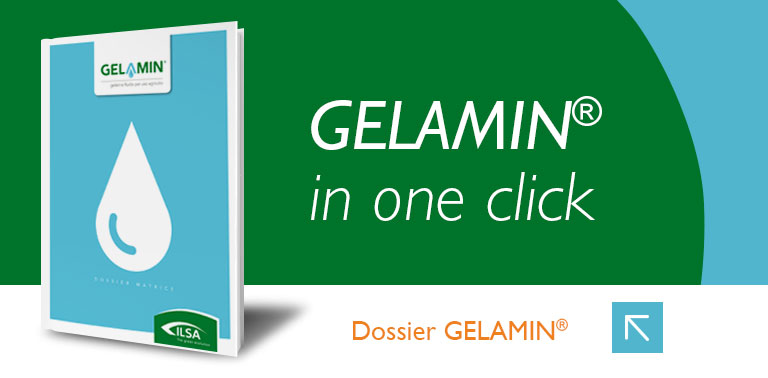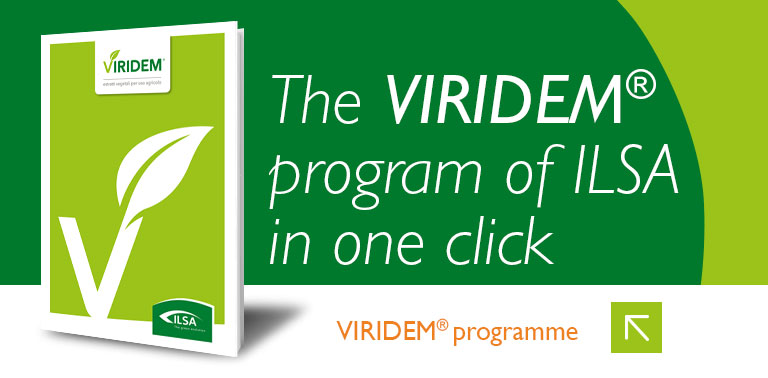Editorials
Natural Biostimulants to limit the environmental stress for stone fruit
The ILSA Biostimulants from the Viridem® programme reduce production waste and increase quality
21/05/2021
The last productive years have tested farmers who grow cherries, peaches, apricots and other stone fruits. Environmental stresses have caused many concerns due to mild winters and springs with heavy hailstorms, persistent rains and even snowfalls. This increased the risk of losing the entire production both for the early varieties in the fruit formation phase, with the dangers linked to the cracking of the fruits, and for the later varieties, in the very delicate phase of flowering.
In more recent years, the positive contribution made by ILSA biostimulants devised from the Viridem® programme has been even more evident. In the area of South Bari and Metapontino, the application of the biostimulants ILSAMIN N90 and ILSAC-ON during the early stages and the foliar specialties ILSAFORMA, ILSANOBREAK and ILSAKOLORADO during the development of the fruits, improved yields and qualitative parameters; in particular of cherry and apricot despite the negative weather influences which reduced the final production by up to 50% in some areas.
ILSAMIN N90, a biostimulant based on organic nitrogen and free amino acids (all left-handed as they are obtained from an exclusive enzymatic hydrolysis process by ILSA called FCEH®) is decisive in the post-vegetative recovery phases. The high content of amino acids, in particular of proline and glycine, reduces the stress from freezing and cold returns and when applied after the buds have hatched at doses of 250 g / 100 l (even when mixed with microelements), favours both a synchronization of the flowering phases and a greater tolerance to thermal stress.
ILSAC-ON, a 100% vegetable biostimulant based on Fabaceae enzymatic hydrolyzate, furthers the uniform flowering and, more importantly, increases the fruit setting percentage. Thanks to the presence of triacontanol of natural origin, vitamins and phenolic substances which regulate the metabolism of nitrogen and carbon in plants, applied at 200 g / 100 l from pre-flowering to post-fruit setting, ILSAC-ON induces a physiological balance in the plants that allows a greater number of fruits to ripen.
ILSAFORMA and ILSANOBREAK are then introduced at doses of 250-300 g / 100 l each, starting from the pinafore and during the fruit enlargement phase. These have positive influences both on the increase in size and on the resistance to cracks and malformations. The presence of amino acids, algae, triacontanol and other plant extracts favours a decisive action of ILSAFORMA on cell multiplication and relaxation, promoting balanced fruit development. ILSANOBREAK, with its highly assimilable amino acids and calcium, gives the fruits greater resistance to the skin and pulp which drastically reduce cracking phenomena. ILSAKOLORADO completes the work, even in years such as the past ones where the anomalous blooms have given serious ripening problems. Applied by foliar application, at 300 g / 100 l, the vegetable pigments, polysaccharide and potassium components bring evident benefits in terms of simultaneous ripening and reducing harvesting times and costs.
Any evidence?
Depending on the specific needs, all these special formulations offered concrete results. Both on cherry trees in the South-Bari area and on apricots in the Metapontino area, their application has given clear improvements in terms of reduction of cracking, increase in yield and size and simultaneous ripening, with a great saving of time and costs for harvesting.
.png)
Photo 1: Cassano delle Murge (BA), Cherry tree variety Bigarreau. Comparison between the plants on which ILSAFORMA and
ILSANOBREAK were applied, three times during the fruit development phase, compared to the witness, after the intense rains of early spring.
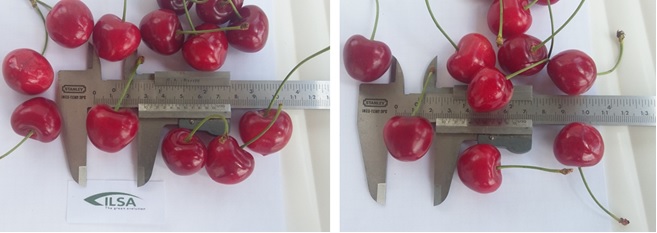
Photo 2: Cassano delle Murge (BA), Cherry tree variety Railroad. At harvest, the cherries treated with ILSA's
foliar biostimulants (photo on the left) allow to obtain a higher size than the witness.
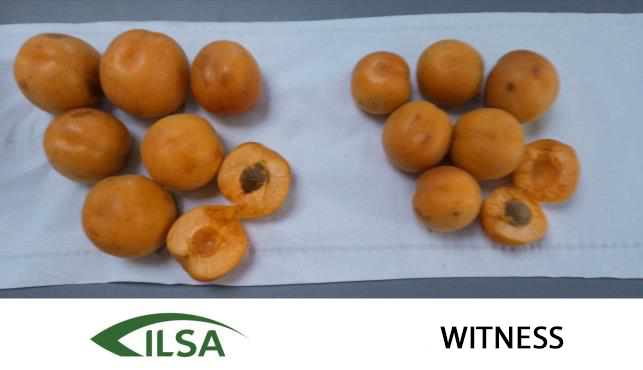
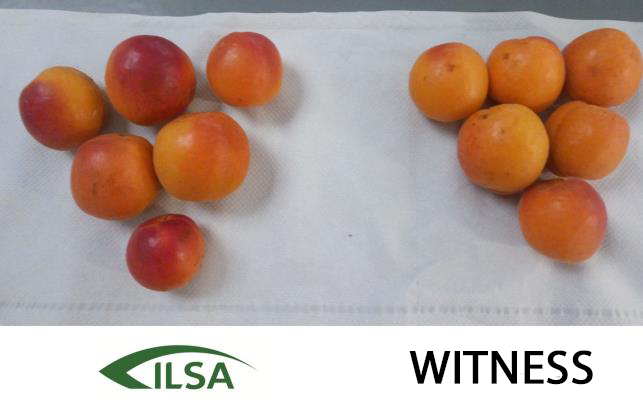
Photo 3: Metaponto (MT), Apricot variety Pinkot (above) and Big Red (below). The photos, taken in mid-June, show the larger size and the early ripening of both varieties, thanks to the use of IlsaForma starting from setting and IlsaKolorado starting from veraison, compared to the untreated witnesses. Both varieties also reached a sugar content of 1 Brix degree higher than the witness.




